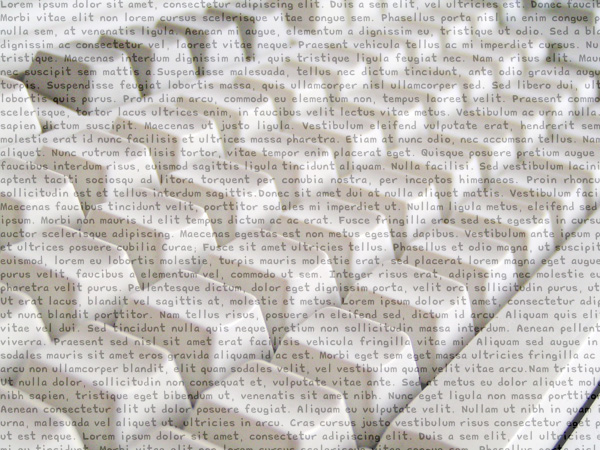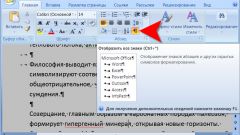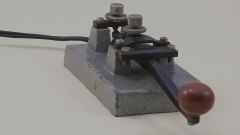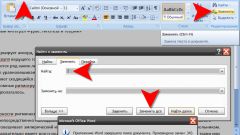Instruction
1
If such a gap should be inserted in the web page, you should use a special character ("memocode") of the HTML language. In the source code of the page it will look like this set of characters: . For example:<span>It&nbsр;sample&nbsр;inseparable&nbsр;text.</span>This snippet can be placed anywhere on the page text, and everywhere the browser will put these words in one line, shifting the move to the next row or to a position in front of this block or after it.
2
This property of the continuous gap is often used in designing web pages not only for the "gluing" of words in the text, but also as "spacers" in the tables and other block elements. For example, if a column in one table does not have width in any cell, you can insert a non-breaking space (one or more), and the browser does not "flatten" this column to zero width, even if all the column cells are empty. Furthermore, using these spaces without the use of CSS (Cascading Style Sheets - "Cascading style sheets") to change the distance between words, inserting them in two or more.
3
If a non-breaking space should be placed in a text document stored in the file format of any of the office applications (e.g., doc or docx), then you can use the corresponding option of the text editor Microsoft Word. For example, in Word 2007, to do this go to the Insert tab and in the group of commands "Symbols" to open the drop-down list on the button "Symbol". Select the bottom item - "Other characters".
4
Click on the tab "Special characters" opened the window and find in the list the line that says "non-breaking space". Then click "Insert" and close the window. The entire procedure can be replaced by a combination of pressing the assigned hot keys CTRL + SHIFT + Spacebar.















